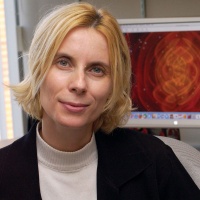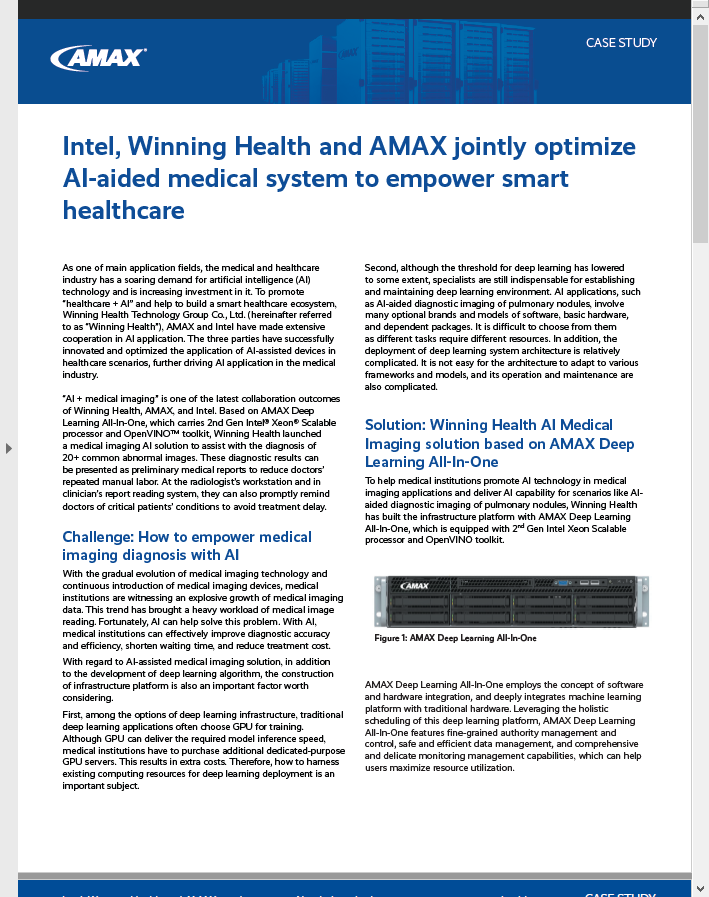In this video, Manuela Campanelli from the Center for Computational Relativity and Gravitation presents: Revealing the Hidden Universe: Black Hole Mergers.
The observation of supermassive black holes on the verge of merger has numerous exciting consequences for our understanding of galactic evolution, black hole demographics, plasmas in strong-field gravity, and general relativity. Near black holes not only gravity is so extreme to generate observable gravitational waves, but accretion of magnetized, relativistic gas can lead to very powerful observable electromagnetic signals that astronomers are searching for. The collision of supermassive black holes is so powerful tat it is also believed to be responsible of the launching of powerful jets across the universe.
The mathematics involved in simulating these events is very sophisticated because one has to solve the equations of Einstein’s general relativity and magneto-hydrodynamics all together. The problem also requires very advanced supercomputers running programs on tens of thousands of CPUs simultaneously, and the use of sophisticated techniques for data extraction and visualization. Petascale numerical simulation is therefore the only tool available to accurately model these systems. Fortunately, thanks to new developments in the field of numerical relativity, we can now simulate and visualize the innermost workings of these violent astrophysical phenomena.
NCSA’s Blue Waters system is the ideal resource to carry out such calculations because of its immense size (number of cores, available storage, and very large allocations compared to XSEDE). Our computational toolkit scales well to tens of thousands of cores, and has been already adapted with a load balancing to run efficiently on the Blue Waters system.





